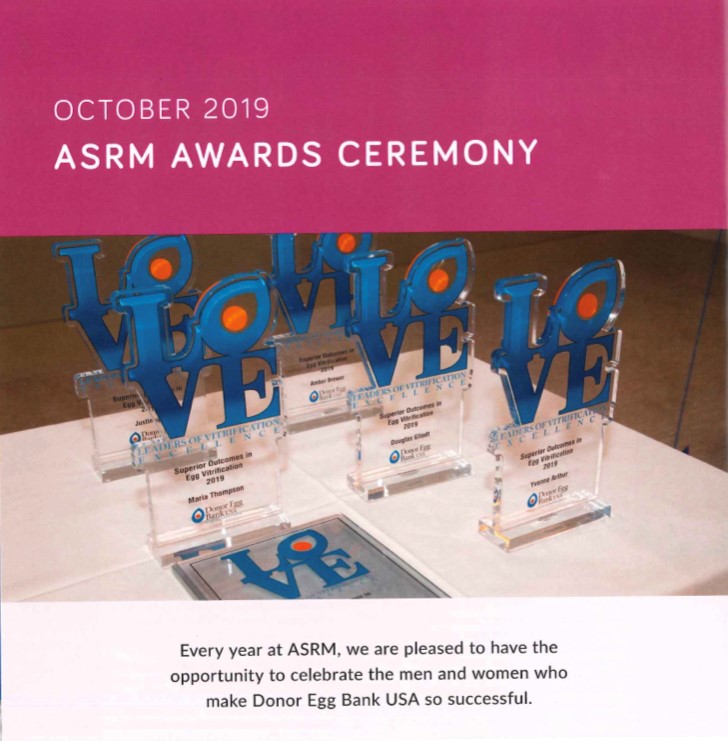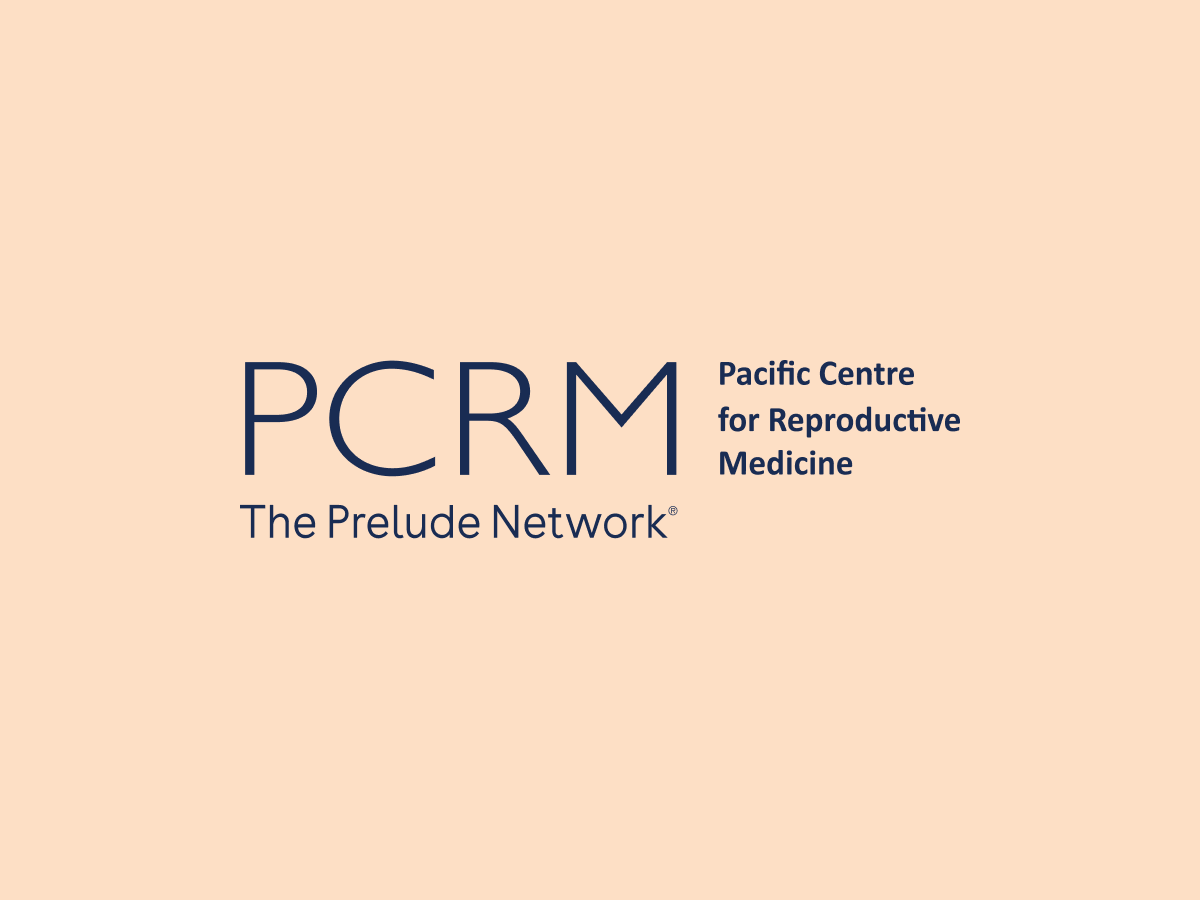
Celebrating 30 Years of IVF: PCRM-Edmonton Lab Director, Carole Lawrence
The daily tasks performed by an embryologist have changed significantly over the last three decades and more importantly, the treatments that we can now offer patients have grown and expanded. In 1988 in vitro fertilization (IVF) treatment was quite simple, intracytoplasmic sperm injection (ICSI) did not exist and most embryos were routinely transferred on Day 2 or Day 3. Successful cryopreservation of embryos was in its infancy and most embryos were frozen on Day 1. Multiple embryos needed to be thawed in order to successfully perform one thawed embryo transfer. Patients with severe male factor or a history of failed fertilization had no options available other than the use of donor sperm. ICSI has revolutionized treatment for these patients. In most clinics, 65-75% of the IVF treatment cycles now require ICSI. Consequently, prior to ICSI, there were many patients who could not be helped with IVF treatment.
The other huge revolution in embryology was the commercial manufacturing of supplies and products. Thirty years ago, the embryologist’s day was largely consumed with hand making all of the supplies and products required to collect, culture and handle the embryos. All of these products also needed to be quality control tested and verified, by the same embryologists, in order to be used for patients. Now, we order our supplies from outside manufacturers who have performed all of the manufacturing and testing. This has freed up the time of the embryologist to do what they do best, creating and looking after embryos.
Changes in culture media formulations, the ability to grow embryos to blastocyst stage, the development of sophisticated equipment for ICSI and embryo biopsy, significant changes in genetic analysis and knowledge of the human genome, morphokinetics, vitrification, oocyte banking, surgical retrieval of sperm and more, have contributed to the wealth of options that can be provided to patients today. The global accomplishments that have occurred in just the thirty years since starting in this field bode well for the exciting advancements possible in the next thirty years.
Related Posts
Categories
About the PCRM Blog
Welcome to the Pacific Fertility Centre for Reproductive Medicine Blog! Nationally and internationally recognized for providing exceptional reproductive care, our team believes in empowering people with the knowledge they need to navigate their unique fertility journeys.
From information on the latest fertility treatments to valuable insights on egg donation, surrogacy, and everything in between, the Pacific Centre for Reproductive Medicine Blog is your ultimate resource for all things reproductive care and support. Read on to learn more, and contact us today if you have any questions or want to schedule a new patient appointment.



